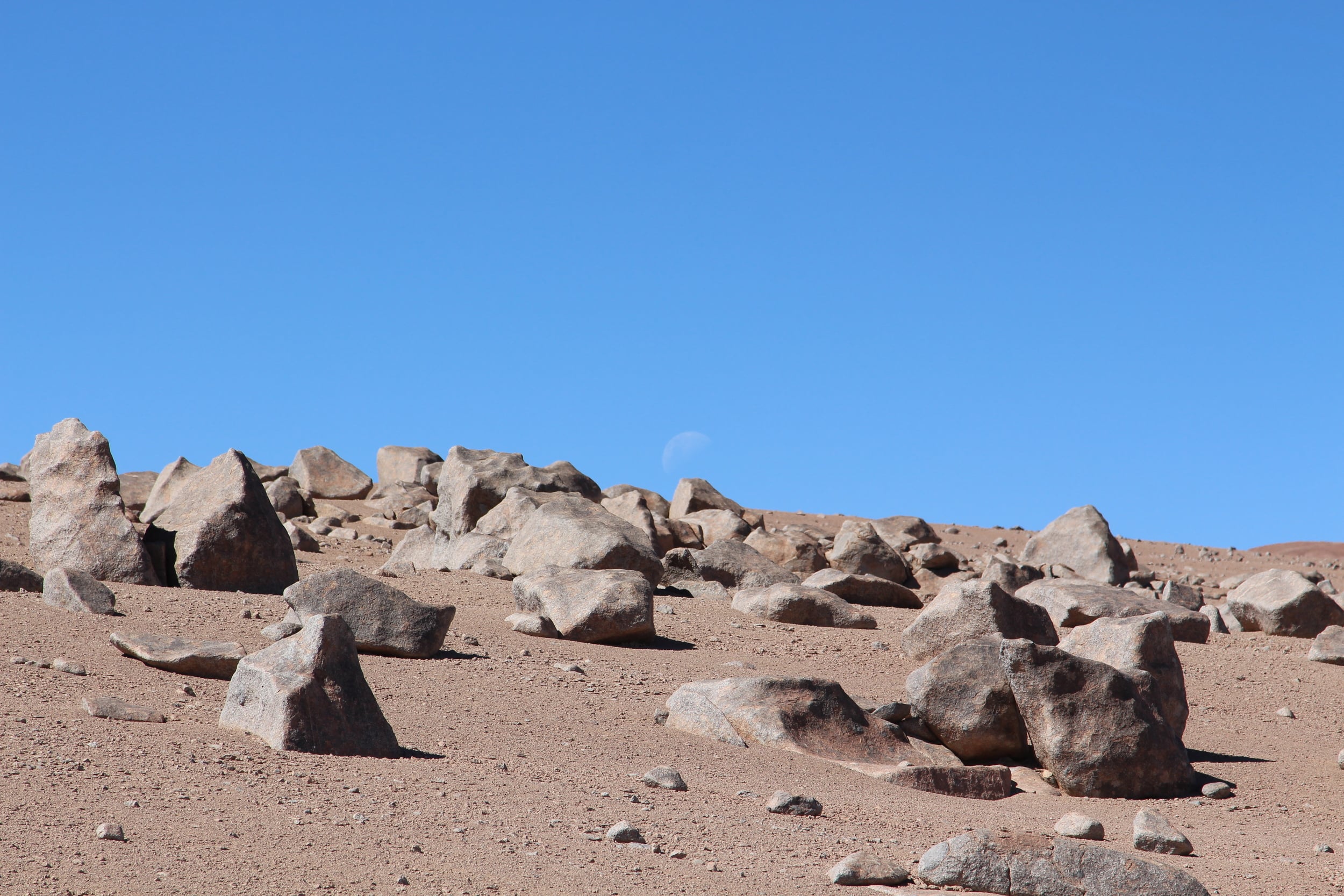Precision ink work
It's not easy constructing a perfect heptadecagon (regular 17-sided polygon) with ink.
Mathematician David Eisenbud famously showed this on Numberphile when his 17-gon demonstration went awry in amusing fashion (although the math lesson was still interesting and valid).
Professor Eisenbud's mishap spurred our audience to submit their own 17-gon attempts, some of which you can see at this link.
But no-one can top this submission from Brazilian physicist and Numberphile viewer Andre Reis Guimaraes.
Glad he didn't get Professor Eisenbud to handle the ink work!!!
Andre further explained: "I've always admired mathematics and all the amazing results you can take out of it just from some axioms, if I wasn't a physicist, I'd be a mathematician for sure.
"The tattoo was a 22nd birthday present. I was between the heptadecagon and the Mandelbrot set, but i just fell in live with the beauty of the lines.
"I've been a numberphile/sixty symbols/computerphile/objectivity fan for years now, and I really admire your work, as I admire the work of all those involved."
PS: 17-gons like this are displayed on some of the windows at the Mathematical Sciences Research Institute where Professor Einsenbud is director. The address is 17 Gauss Way.


























